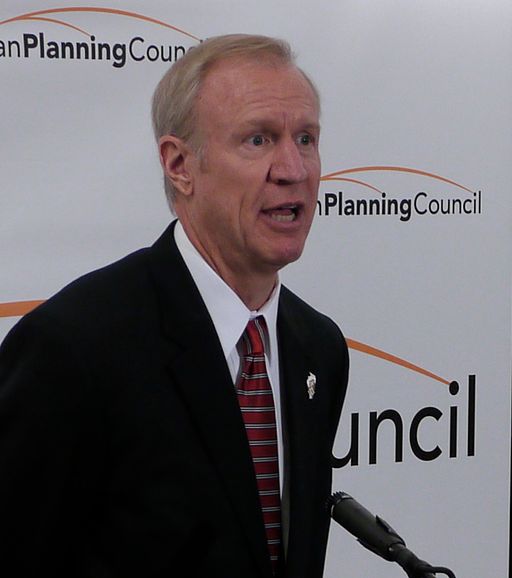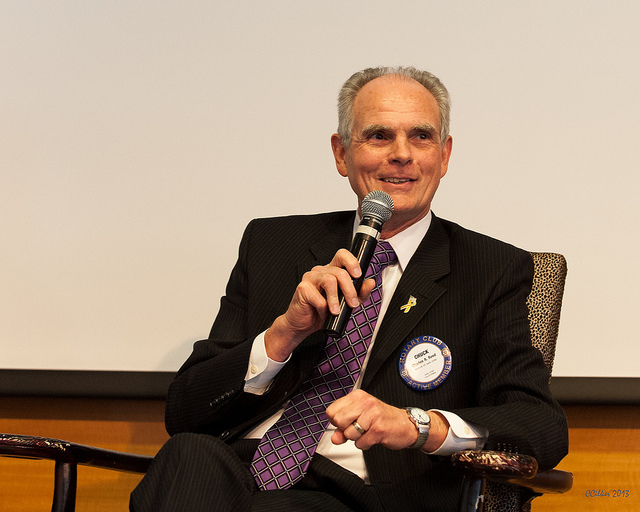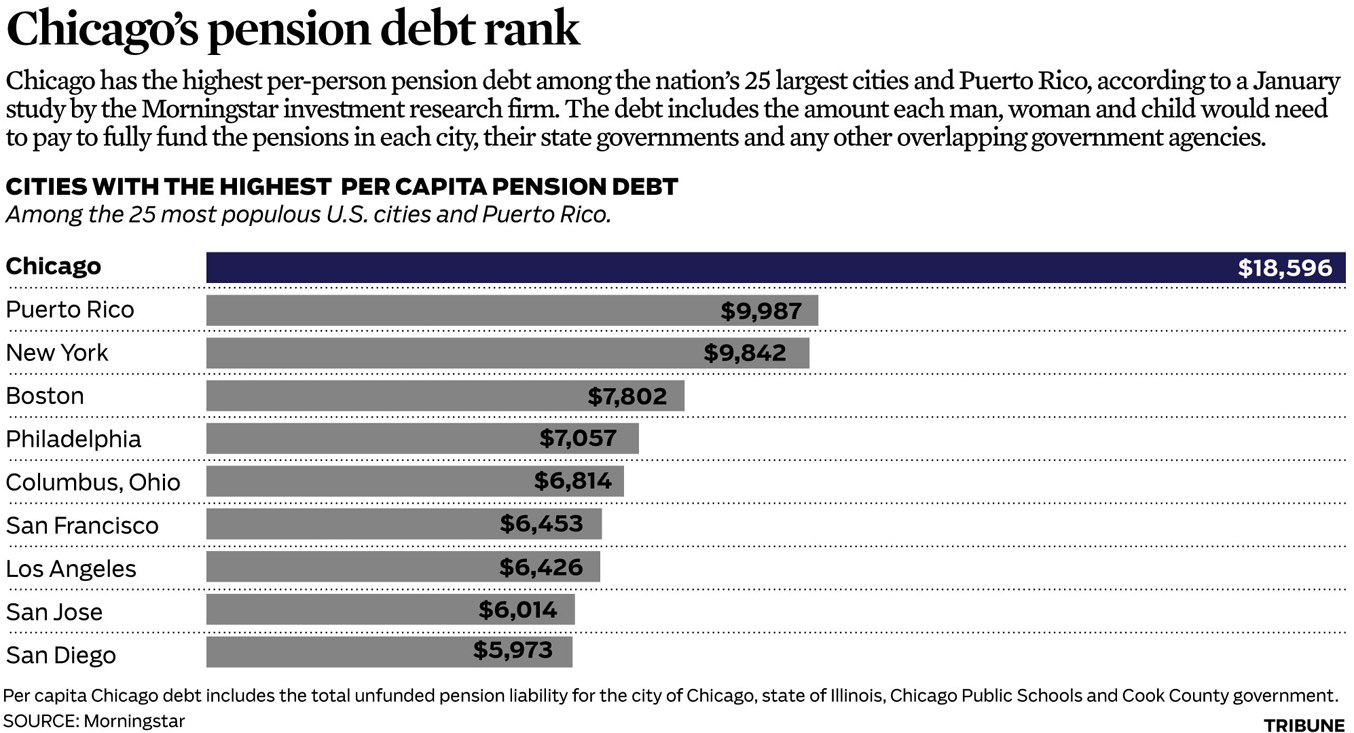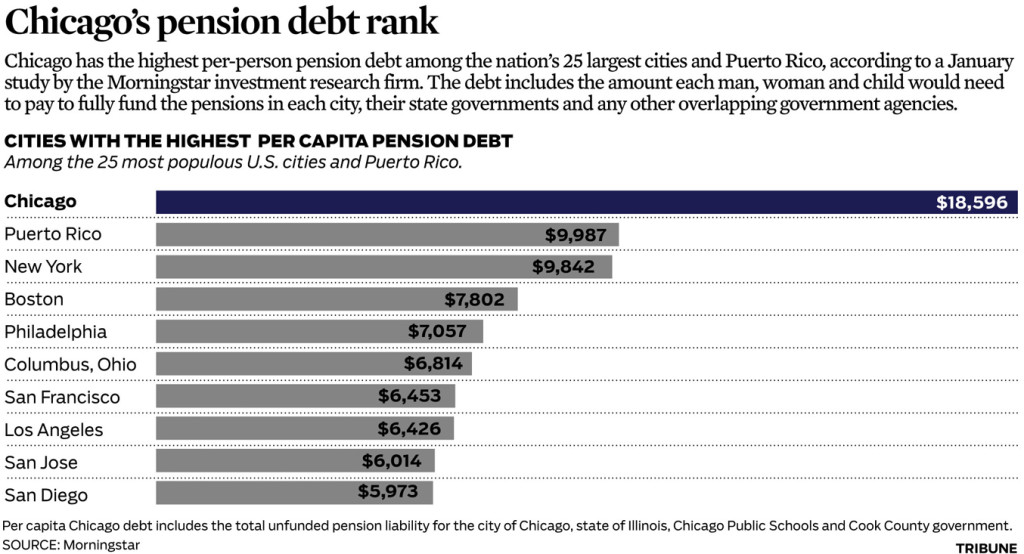The Universities Superannuation Scheme (USS) is making some major governance changes, as a plan is well underway to shift investment responsibilities away from trustees and towards experts.
Investment decisions that were previously made by trustees – such as strategic asset allocation – will now be the responsibility of investment staff.
However, trustees will still oversee the process.
From Investments & Pensions Europe:
The Universities Superannuation Scheme’s (USS) aim to remove the role of strategic asset allocation from trustees’ responsibilities is nearing completion, as its internal manager looks to more delegated responsibilities.
[…]
USS, with £41.6bn (€51.2bn) in assets, has been looking to amend its investment governance structure to shift more execution to experts and away from its trustee board.
Speaking at a National Association of Pension Funds (NAPF) conference on governance, USS chief executive Bill Galvin said the fund had taken some investment governance ideas from Canadian and New Zealand pension funds.
[…]
“What we have been working really hard on is delegation to the right level of the organisation, where experts are making decisions within clearly defined parameters.”
He said the trustees’ investment sub-committee still owned the detailed strategic allocation but added that this would be passed on to USSIM, with the committee taking charge of the reference portfolio,
“The critical thing is complete transparency about decision-making in the in-house asset manager, and that is overseen by the investment committee,” he said. “But the decisions are delegated.”
USS chief executive Bill Galvin also vocally wondered whether UK trustee boards could adequately run pension systems. From IPE:
He criticised the current legal requirements for UK pension trustees as “inadequate” and said the Trustee Toolkit – TPR’s qualification to sit on a trustee board – was fairly minimal in the context of EU legislation for fit and proper persons.
The USS chief also questioned whether UK’s trustee boards had the range of capabilities required to run pension schemes in today’s environment.
He said schemes’ focus for member and employer representation on trustee boards was a strange concept, whereas other international models focused more on capability.
“I find the issue of representation really challenging,” he said.
“It must be very difficult for someone put on a trustee board [to assume] they will represent members. How do you do that? How do you know? Do you assume what you want is what they want?”
Galvin praised the Ontario Teachers’ fund, where trustee members all fit a jointly agreed job description between trade unions and sponsors.
The Universities Superannuation Scheme covers employees at many UK universities. It manages $63 billion in assets.










